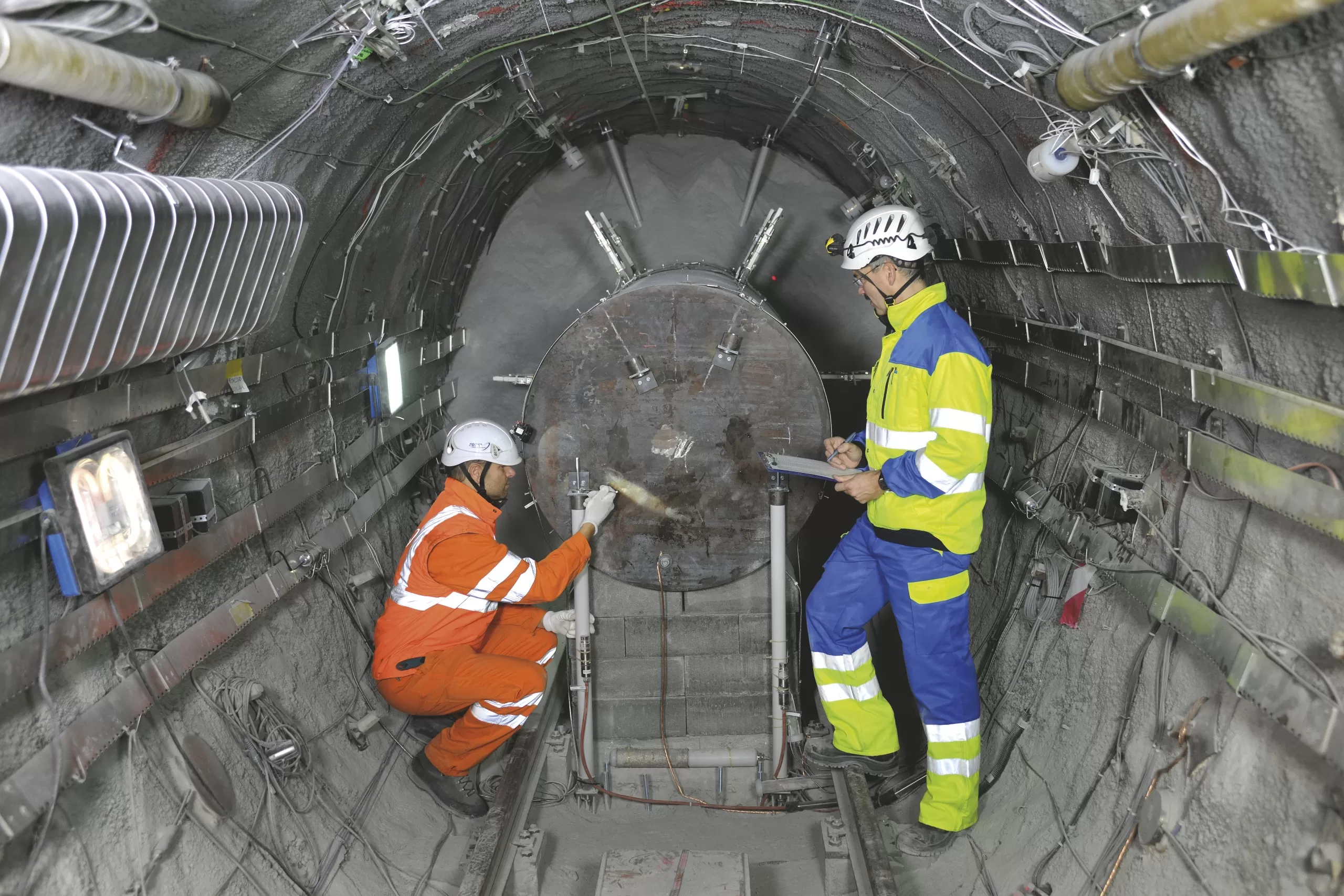
Guidelines for basic waste management procedures
The Programme documents the basic procedures to be followed for planning, constructing and operating a deep geological repository up till the time of its closure. New is that the Programme is accompanied by a Research, Development & Demonstration Plan.
The 2016 Waste Management Programme was again prepared by Nagra (National Cooperative for the Disposal of Radioactive Waste) on behalf of the waste producers and updates the first Programme from the year 2008. Following legal requirements, the Programme is updated every five years. The Programme is reviewed by the Swiss Federal Office of Energy (SFOE), the Federal Nuclear Safety Inspectorate (ENSI) and the Nuclear Safety Commission (NSC). After a period of open consultation (around the middle of 2018), the Federal Council is expected to decide on the Programme at the beginning of 2019. The Federal Council will report regularly to the Federal Assembly on the progress of its review of the Programme.
The 2016 Waste Management Programme provides the framework for the long-term planning of deep geological repositories and explains what decisions have to be made, when and what information they are based on. It contains details on the origin, types and volumes of radioactive waste and its allocation to the repositories. The design and layout of the repositories is also presented. The Programme contains an implementation plan, information on the financing of the associated activities and details on the duration and capacity of interim storage. It also presents Nagra´s concept for communication and information.
Nagra also updated the Research, Development & Demonstration (RD&D) Plan together with the Waste Management Programme. In 2013, the Federal Council ordered in its review of the first Waste Management Programme that these two documents should be submitted together in the future. The RD&D Plan forms the basis for planning the successive optimisation of the existing disposal concept; uncertainties will be reduced and advances in science and technology taken into account. The planned research activities cover a wide spectrum of topics: from gas transport and removal in a repository through the behaviour of the engineered barriers to the monitoring of the facility. Nagra will also carry out further investigations to characterise the underground geological environment of the siting regions and refine its understanding of safety-relevant processes in the host rock. Long-term geological evolution, inclduing erosion and climate development, will also be investigated.
-
Technischer Bericht NTB 16-01
«Entsorgungsprogramm 2016 der Entsorgungspflichtigen»; Dezember 2016
-
Technischer Bericht der Nagra NTB 16-02
«The Nagra Research, Development and Demonstration (RD&D) Plan for the Disposal of Radioactive Waste in Switzerland»; Dezember 2016
-
Themenheft
«Entsorgungsprogramm – Daran arbeiten wir»; Dezember 2016
Bild: © Comet Photoshopping, Dieter Enz
According to Swiss nuclear energy legislation, the producers of radioactive waste are responsible for its safe management and disposal. In 1972, the nuclear power plant operators and the Federal Government set up the National Cooperative for the Disposal of Radioactive Waste (Nagra) to perform this task. Nagra, which has its headquarters in Wettingen (AG), is the national technical competence centre in the field of deep geological disposal of radioactive waste.
Out of a strong sense of responsibility for the long-term protection of man and the environment, 110 employees are involved daily in performing this important work. The high level of competence is secured by targeted research programmes in two Swiss underground rock laboratories and intensive international collaboration.